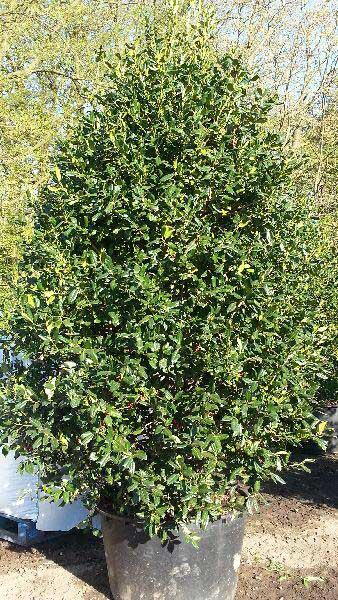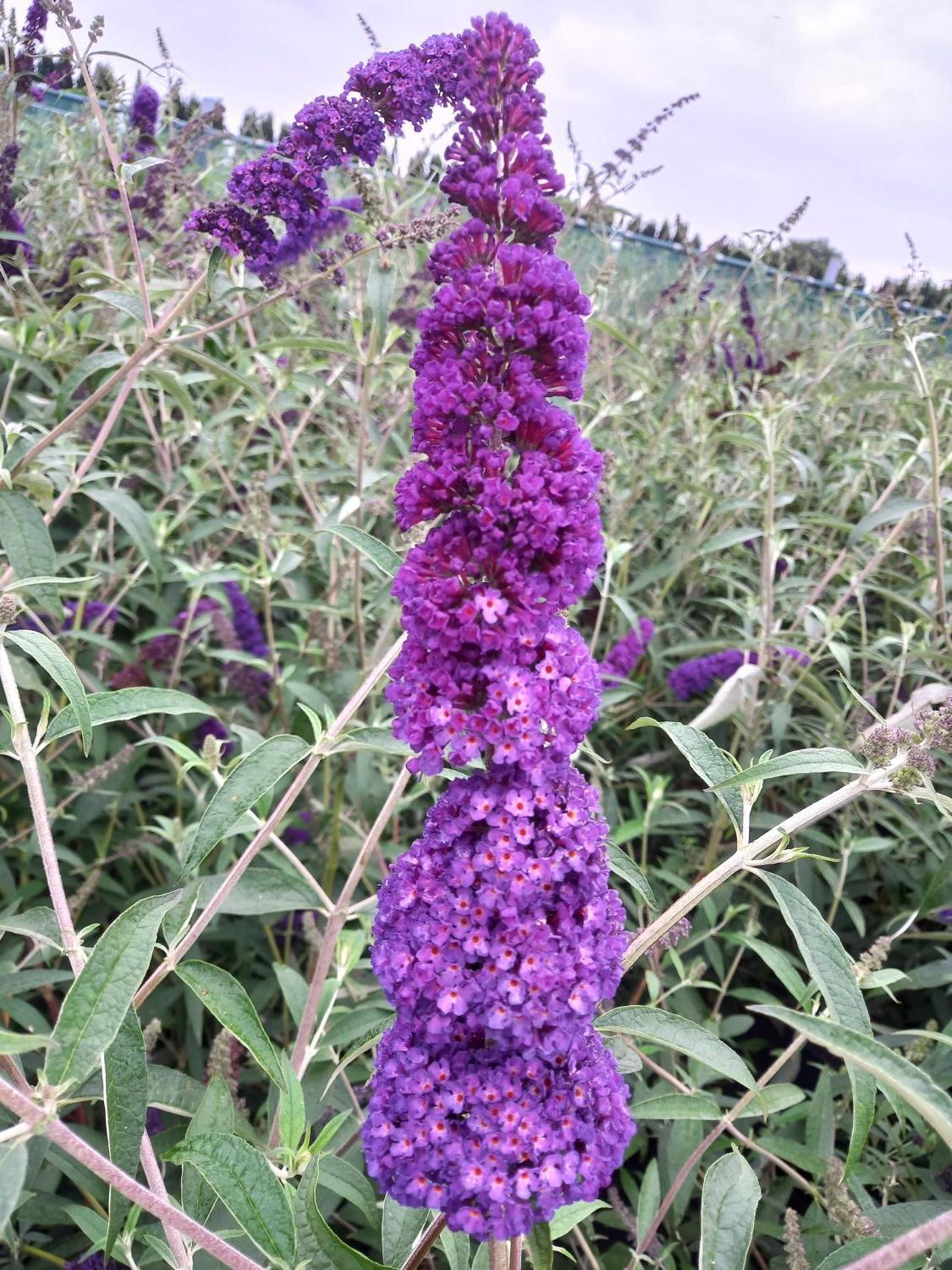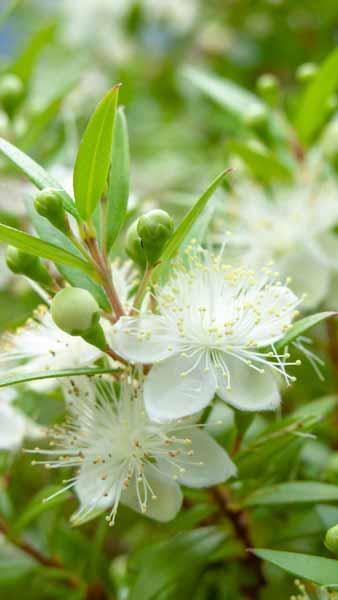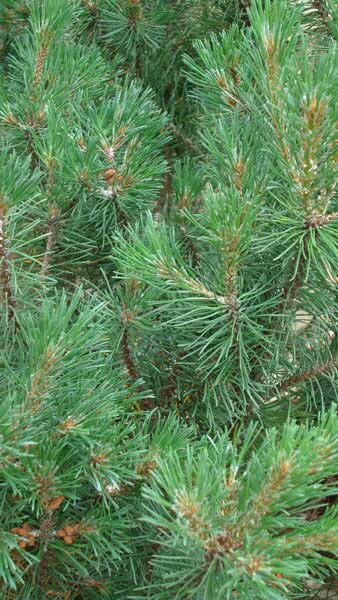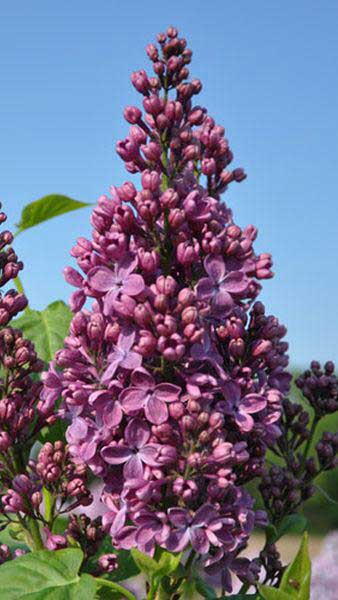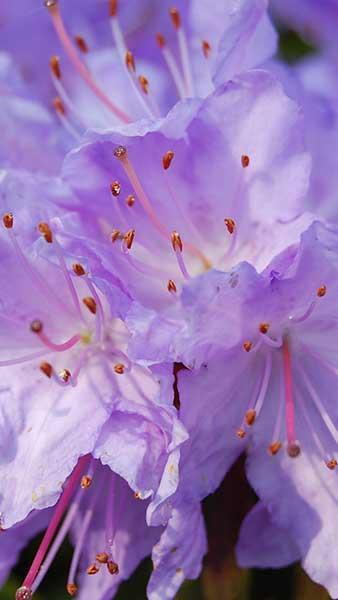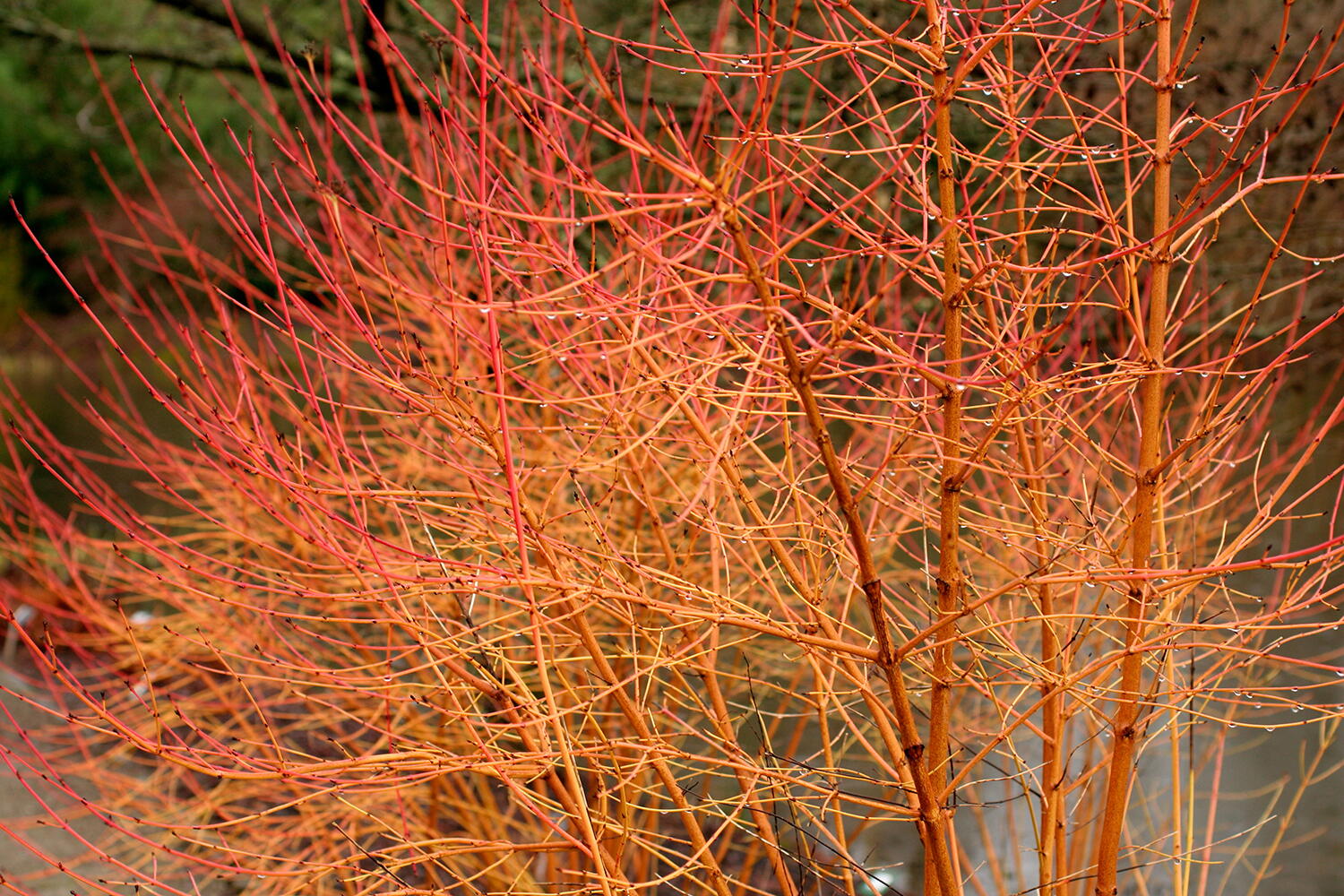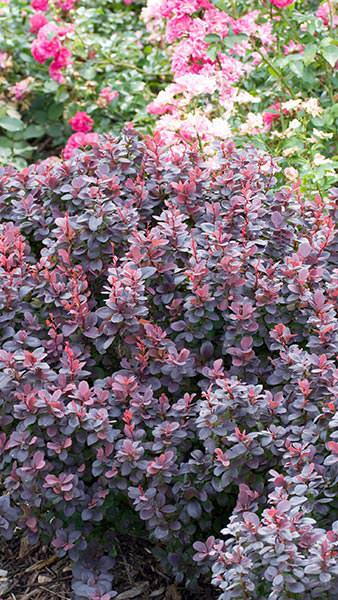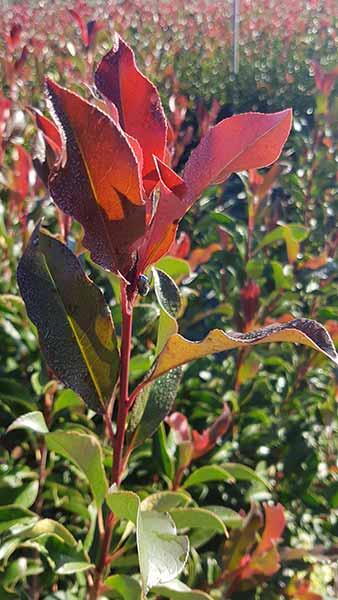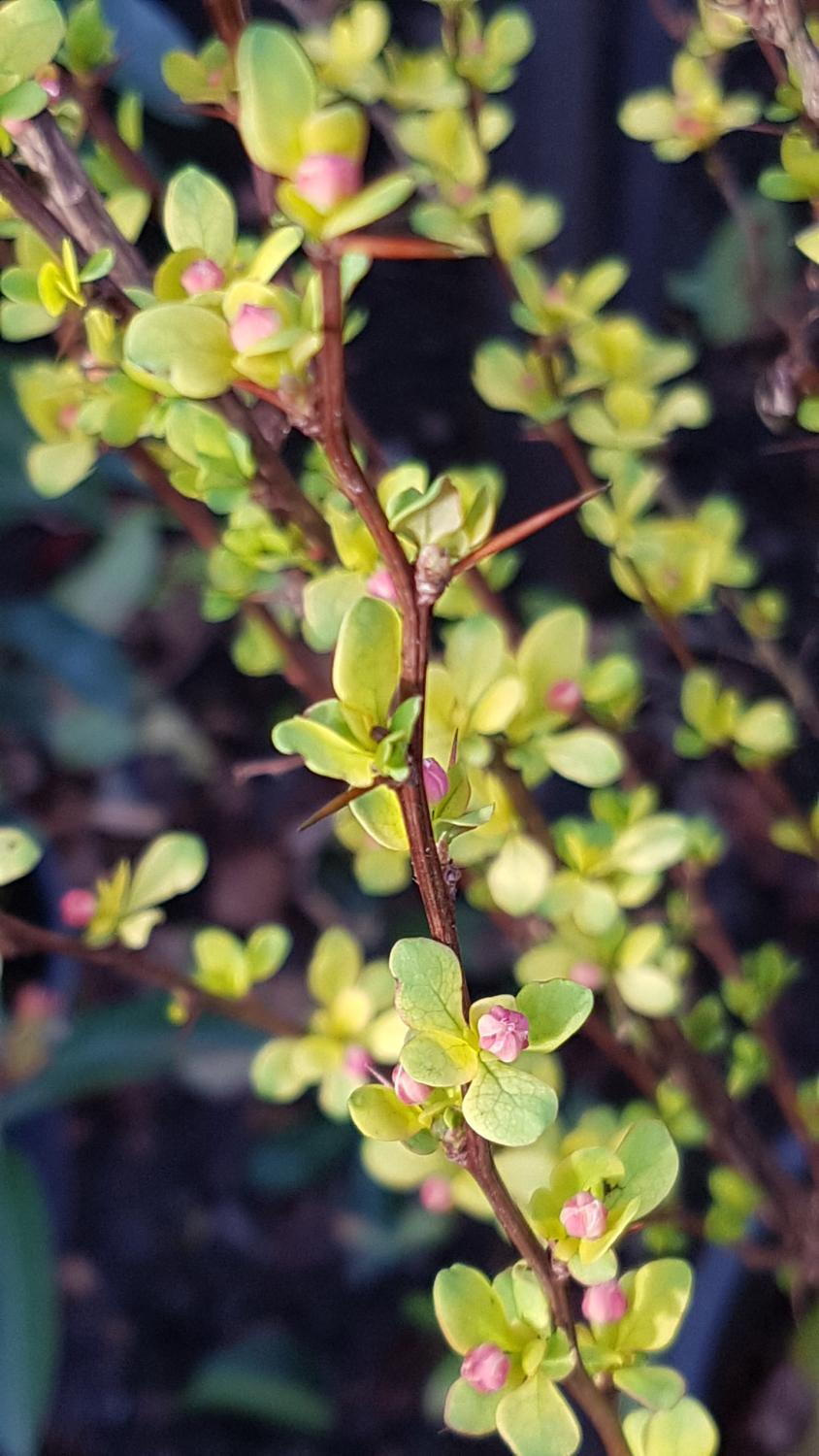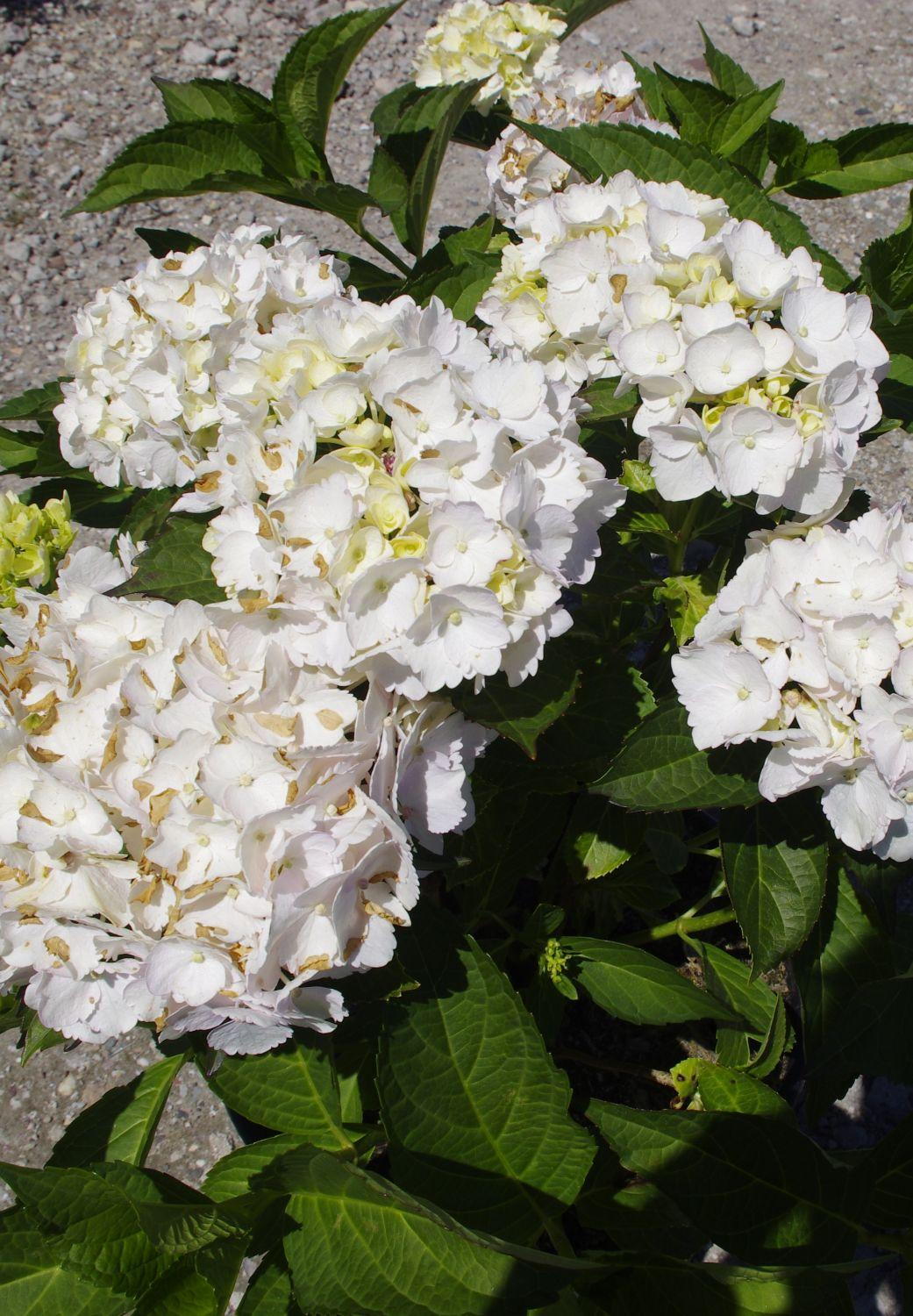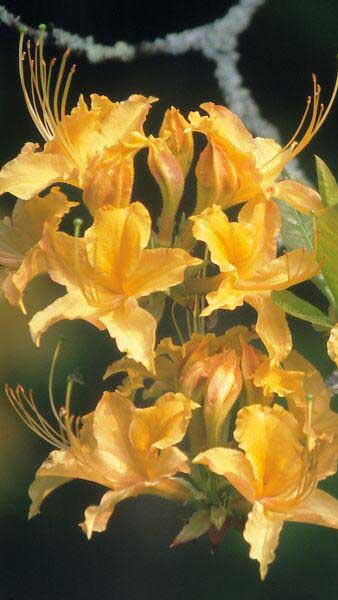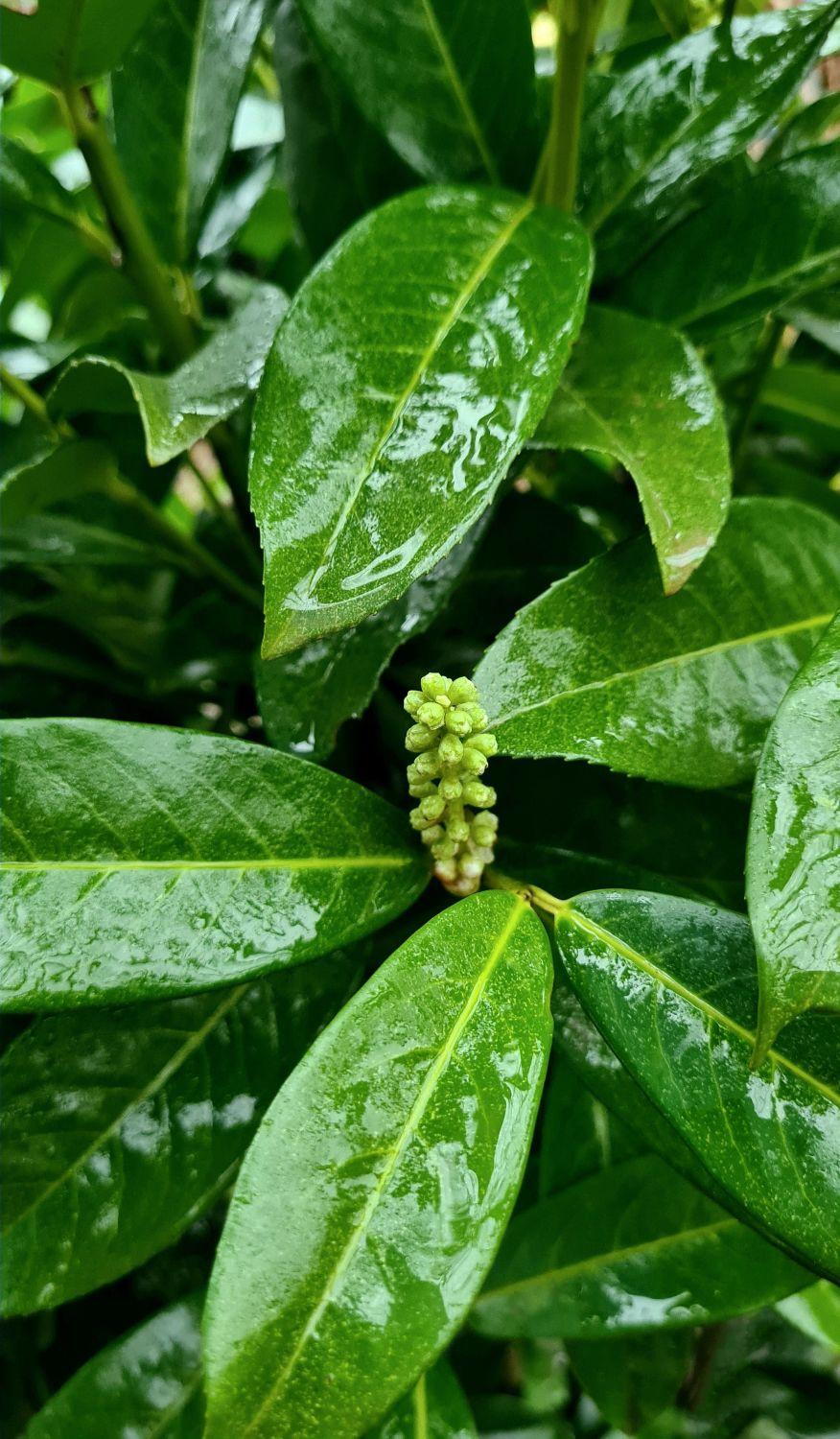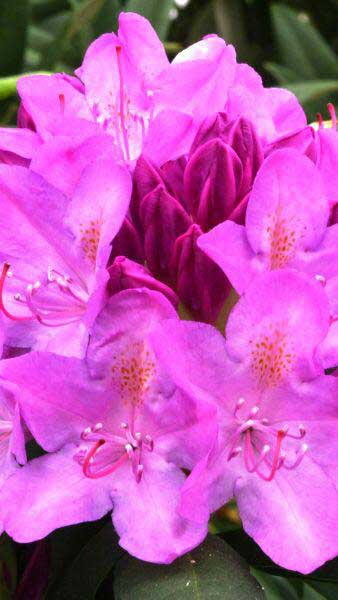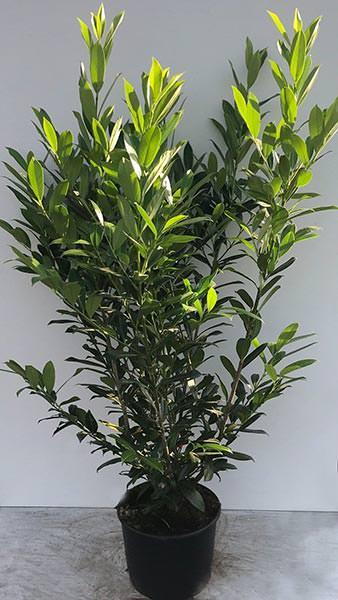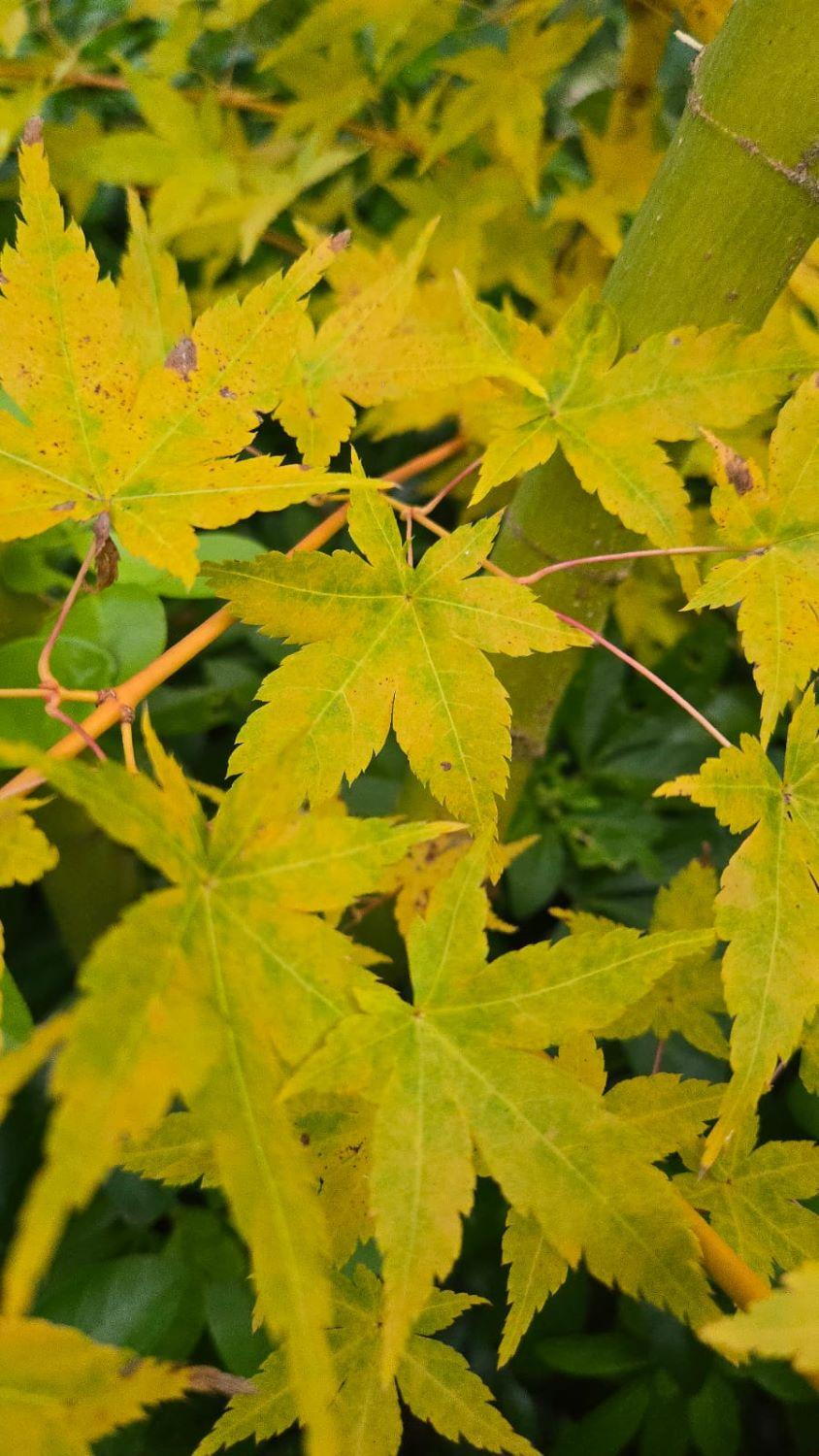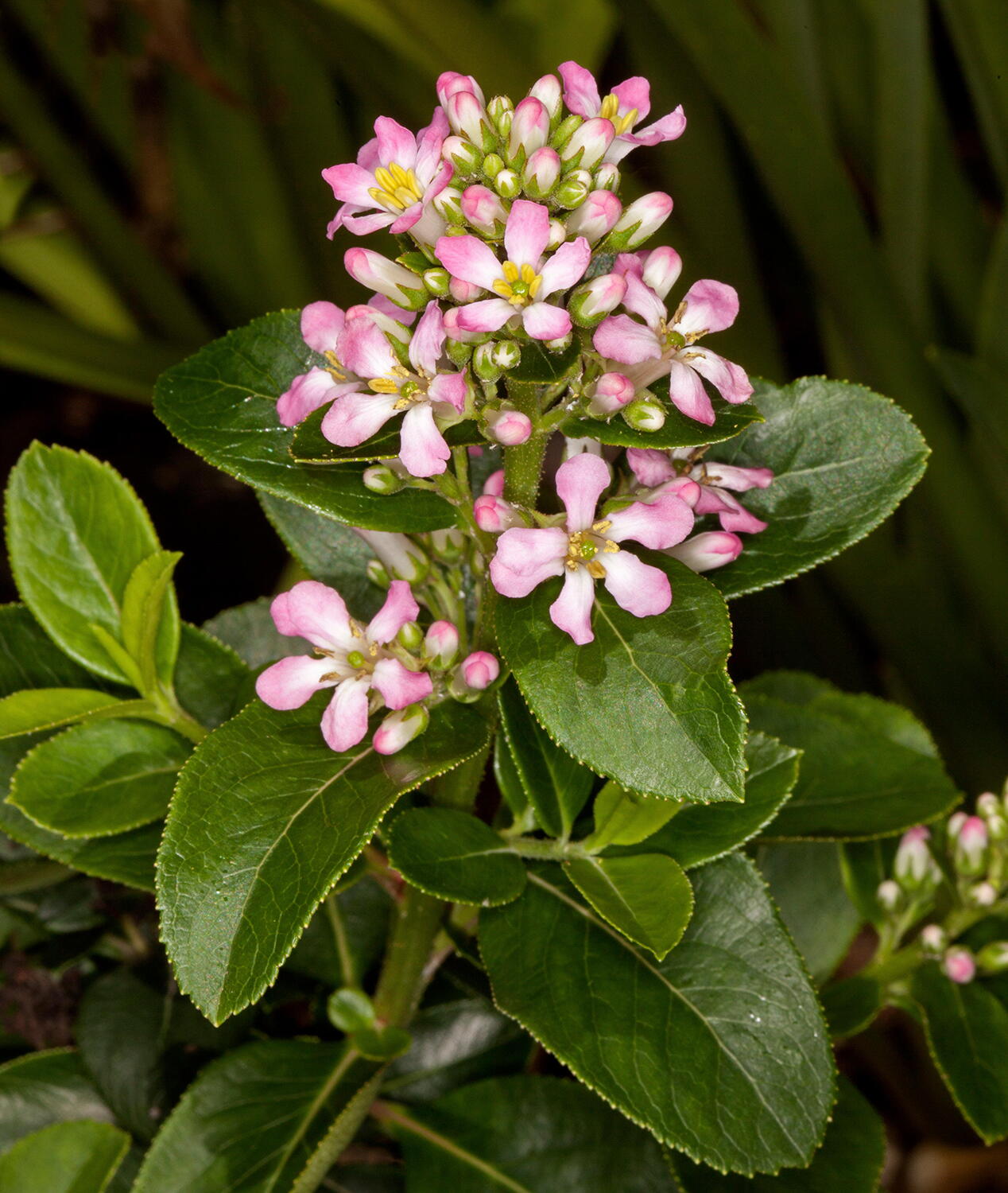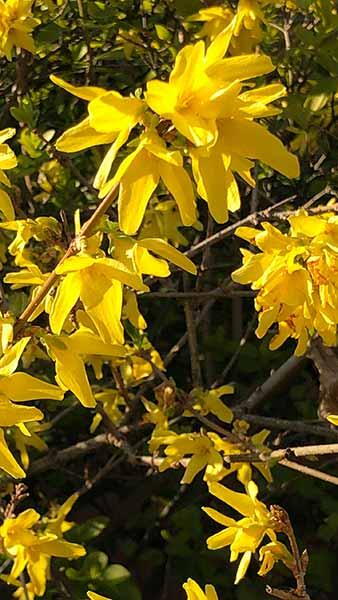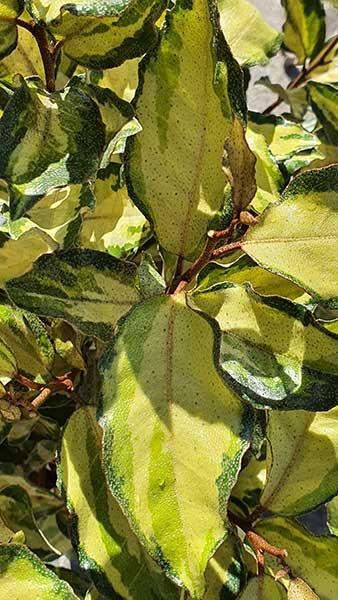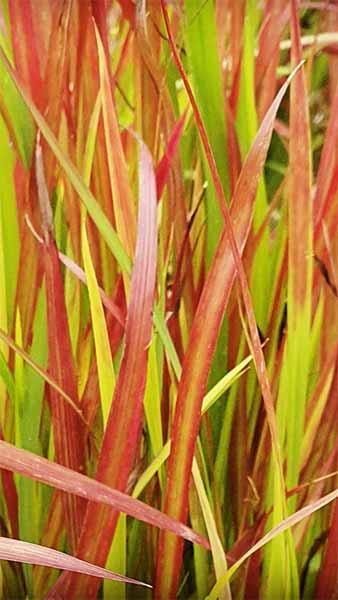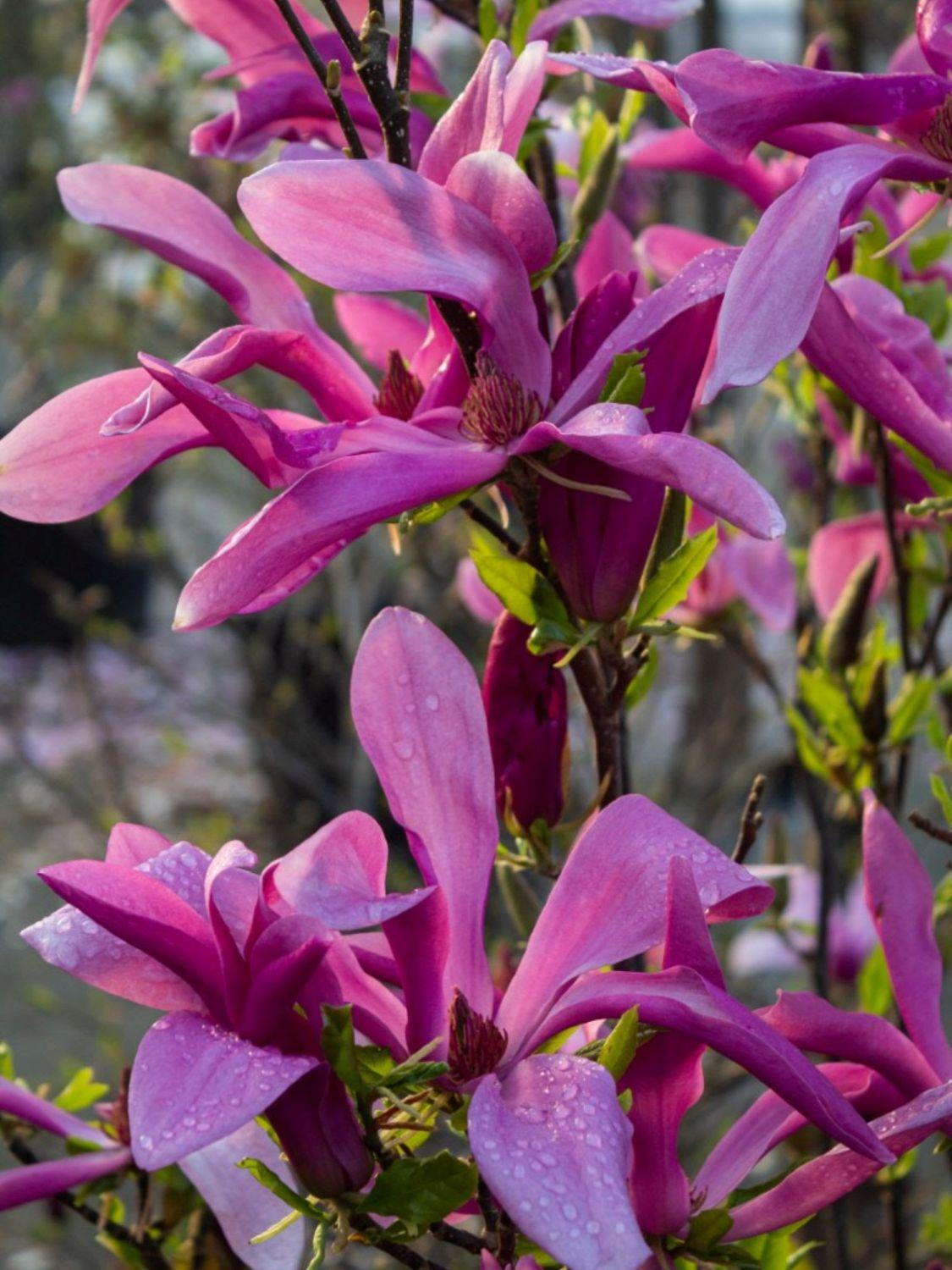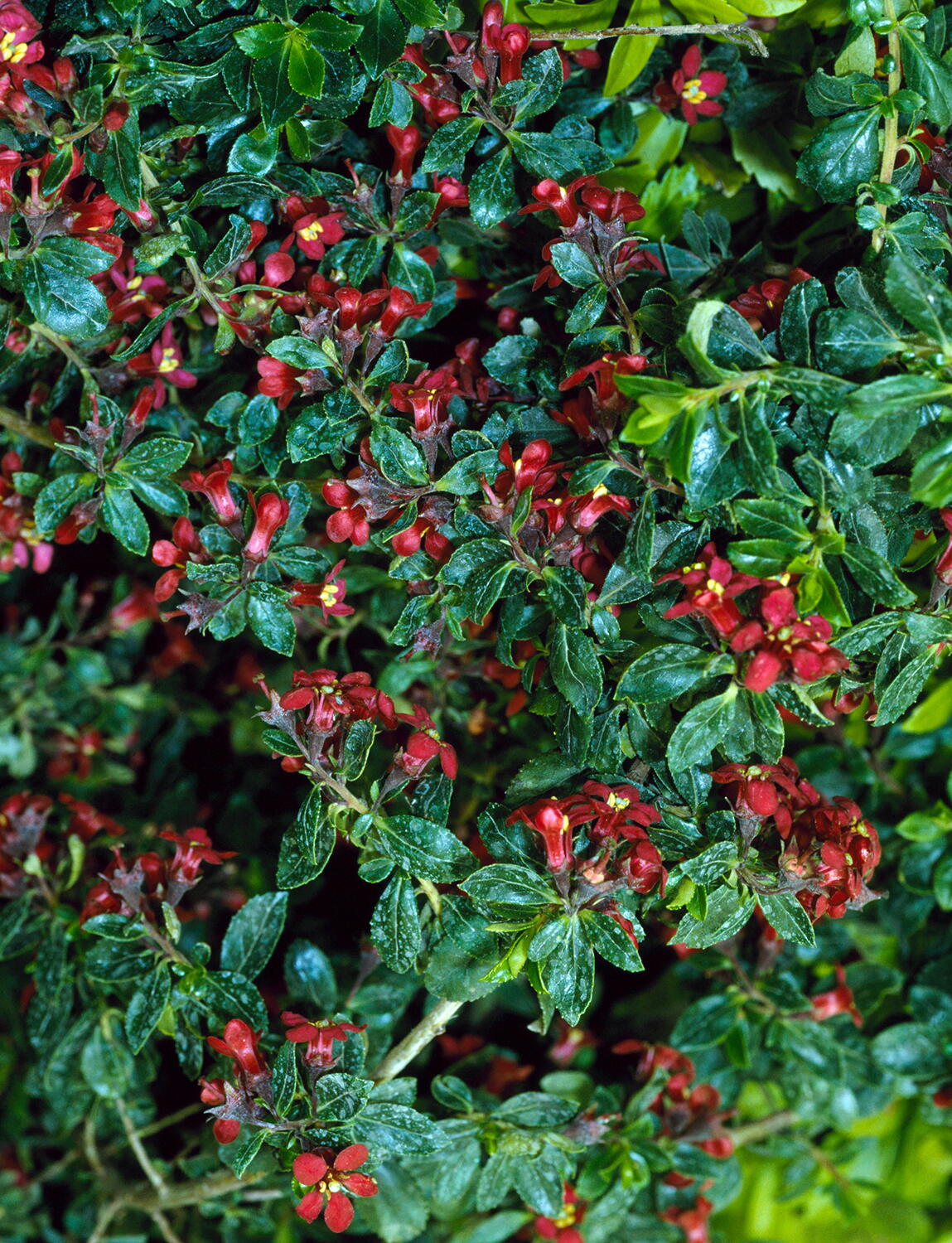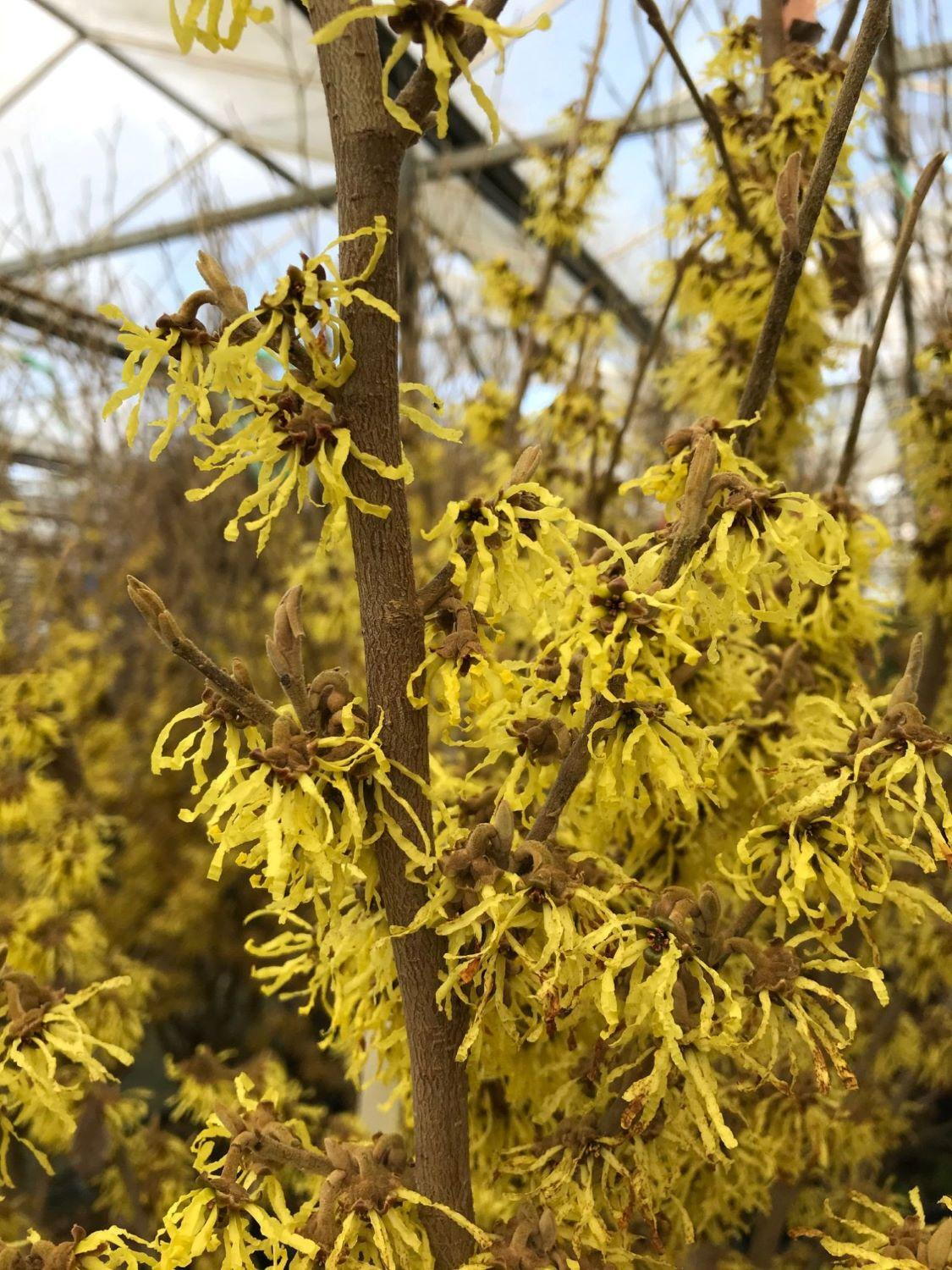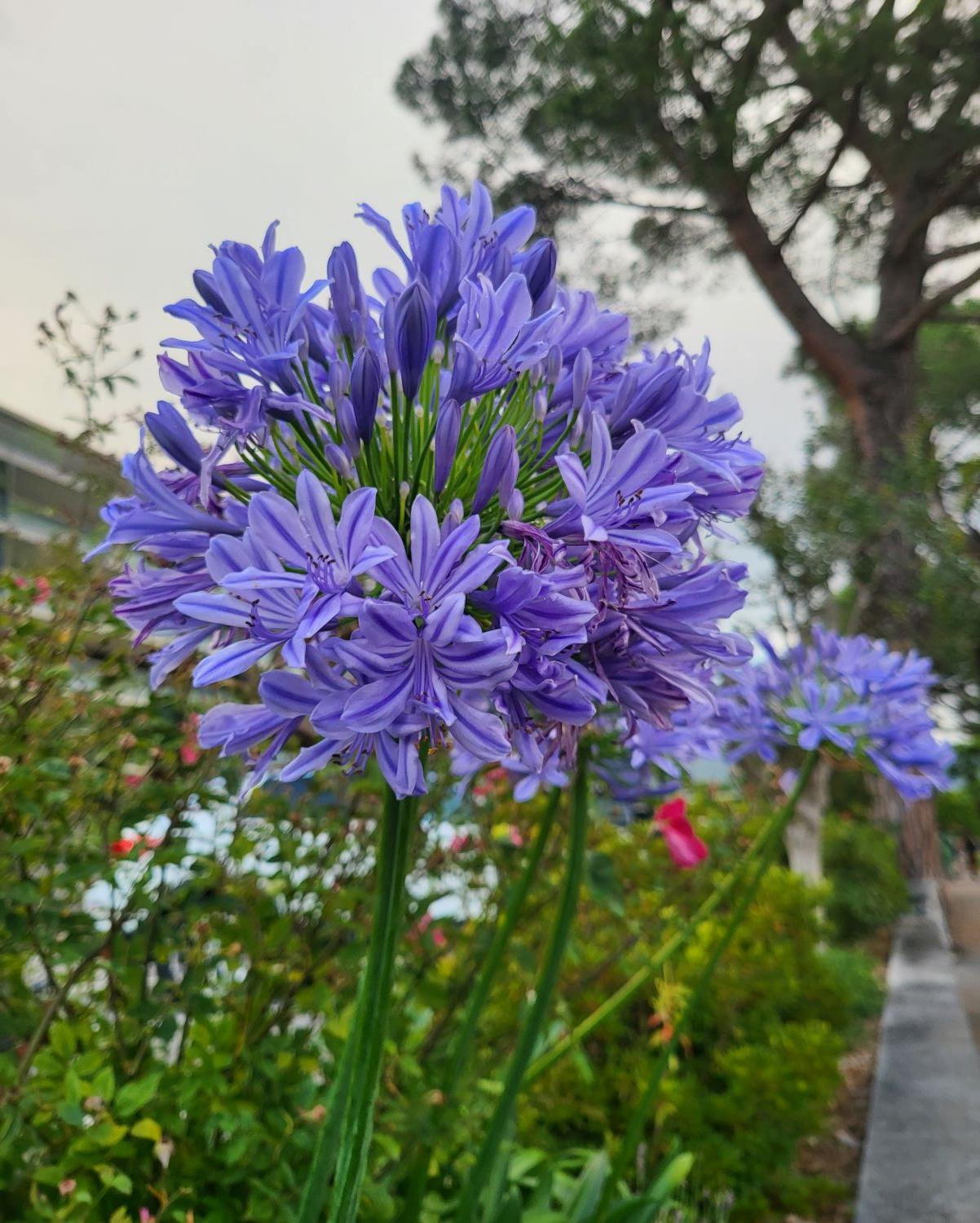Hydrangea Macrophylla Soeur Therese. White Flowering
Hydrangea Macrophylla Soeur Therese is a lovely, long-lasting mophead hydrangea cultivar which will bring a long season of lovely blooms to your garden. With its classic white flowers, it will fit into any planting scheme with ease!Hydrangea macrophylla Soeur Therese has been a popular choice for UK gardeners since the 1950’s. This mophead hydrangea’s slender stems send out dark green leaves in spring, followed in June, July and August with masses of flower heads, with the pure white petals of each individual ray surrounding a tiny pale blue eye in the centre. As the flowerheads fade in the autumn they turn to a pink-green shade, and remain on the plant until the spring, providing winter interest in the garden.Hydrangea Soeur Therese is winter-hardy throughout the UK, but should be planted in a sheltered spot in central and northern locations. It will do best planted in rich, loamy soil, moist but well-drained, with a neutral to acid ph. Hydrangea macrophylla Soeur Therese will do well in a shady location, although it will also tolerate full sun. The shrub will reach a mature size of 1.5 metres in height and spread in 5 to 10 years. Hydrangea macrophylla Soeur Therese should be pruned each spring, with the previous year’s flowerheads cut back to the first pair of healthy buds, and with older stems cut back to the base to encourage new, vigorous growth and continued profuse blooms. Hydrangea macrophylla Soeur Therese will find a spot in any garden, large or small, city or country. Its small size and year-round interest makes it a great choice for container planting on a patio, balcony, or rooftop terrace. It would make an excellent courtyard bush where space is limited and a long season is desirable.It is a natural choice sited towards the back of mixed border, where its attractive foliage, gorgeous blooms, and winter dried flower heads will make it an all-season star performer, and provide a beautiful backdrop for other flowering perennials of any colour. On a country property, Hydrangea macrophylla Soeur Therese would be a perfect choice for a woodland garden, where its bright white blooms would be a stand-out, and of course would be an excellent addition to a cottage garden.Hydrangea macrophylla Soeur Therese is an excellent cut flower, with its stems being long-lasting in floral arrangements, and its dried flower heads are also used for decorative purposes. A small, long-blooming and perfectly white mophead hydrangea, Hydrangea macrophylla Soeur Therese would make a great addition to any garden, large or small, formal or country cottage!
